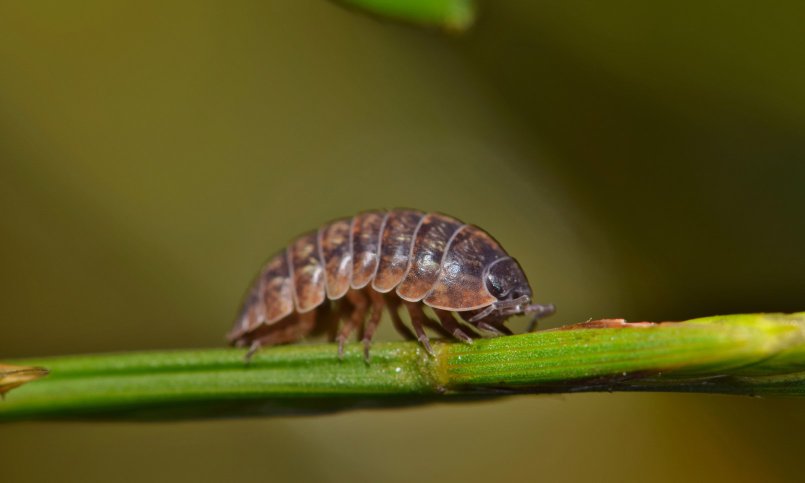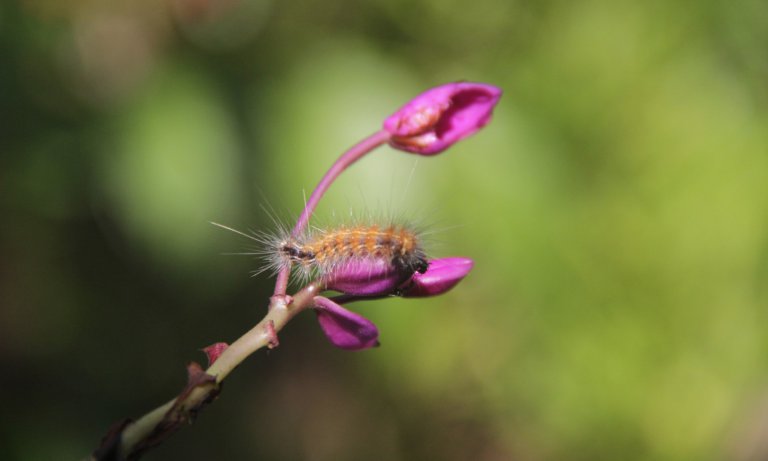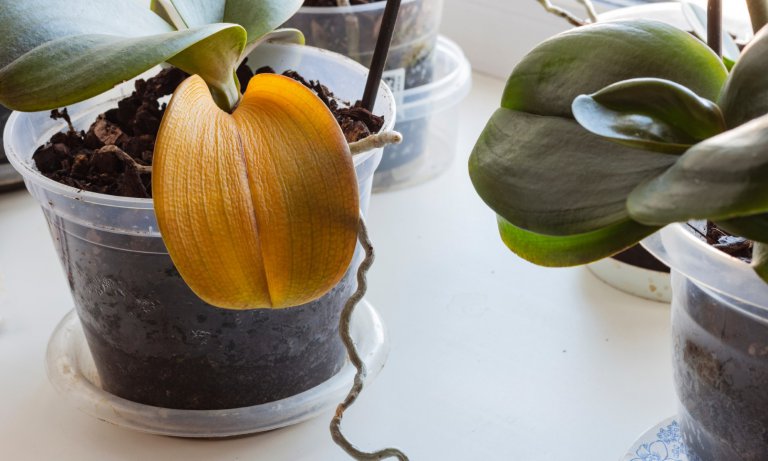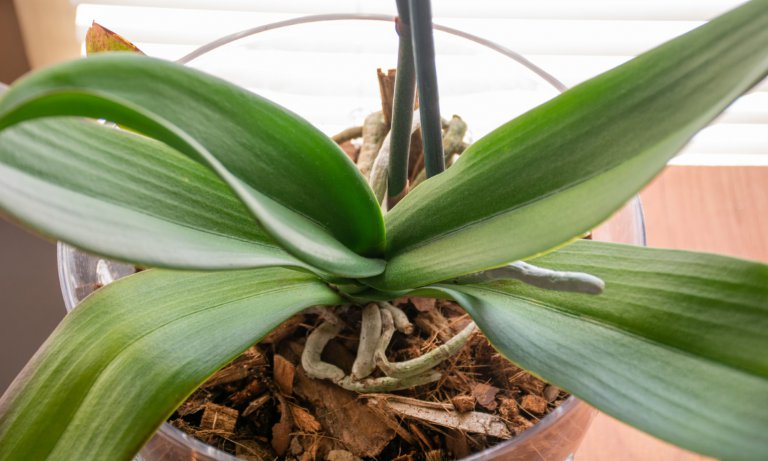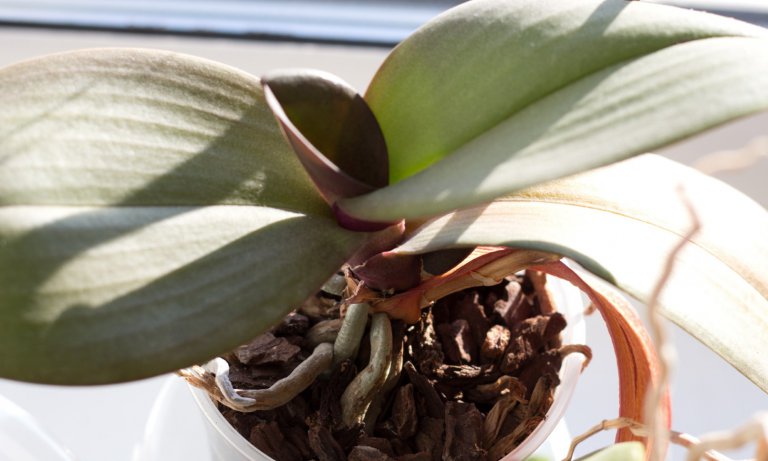Bugs really thrive in summer, and your orchids may have to deal with a whole host of pests such as sowbugs. Understanding how to prevent bugs from attacking your plants is essential if you want to keep them healthy.
This article will focus primarily on sowbugs and how to control them.
What are Sowbugs?
We can describe the sowbug’s appearance in terms of size, body, and characteristics.
- Size: they are flat, oval-like pests almost 1cm long.
- Body: sowbugs contain several segments with a pair of antennae and seven pairs of legs.
- Characteristics: also known as woodlice, they are scientifically not real bugs. Instead, they are classified as crustaceans living on land.
Female sowbugs can produce eggs that take 3-9 weeks to hatch into about 2 dozen larvae offspring. They then spend a few days in the female’s plated pouch on the underside. The females also have two or three broods annually.
After exiting the pouch, juvenile sowbugs can molt four or five times until they attain full maturity. They live for about 2 years.
Are Sowbugs the Same as Pillbugs?
Pillbugs are their closest relatives with a similar appearance, but they can roll up when disturbed.
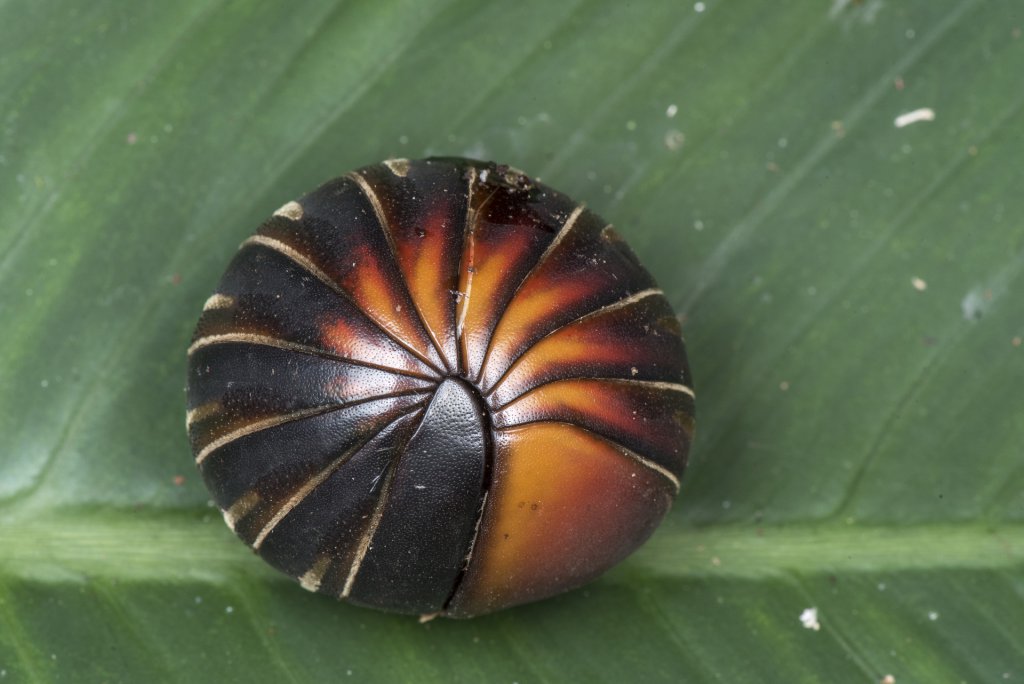
Sowbugs have a couple of appendages that resemble tails, unlike pillbugs that lack these. Some people commonly refer to them as roly-poly or potato bugs.
Why are Sowbugs a Problem for Orchids?
Organic debris like orchid leaves, mulch, or other plants in your yards can attract sowbugs. You can spot them around foundations that have mulch, bushes, as well as in gardens where they set up their habitat.
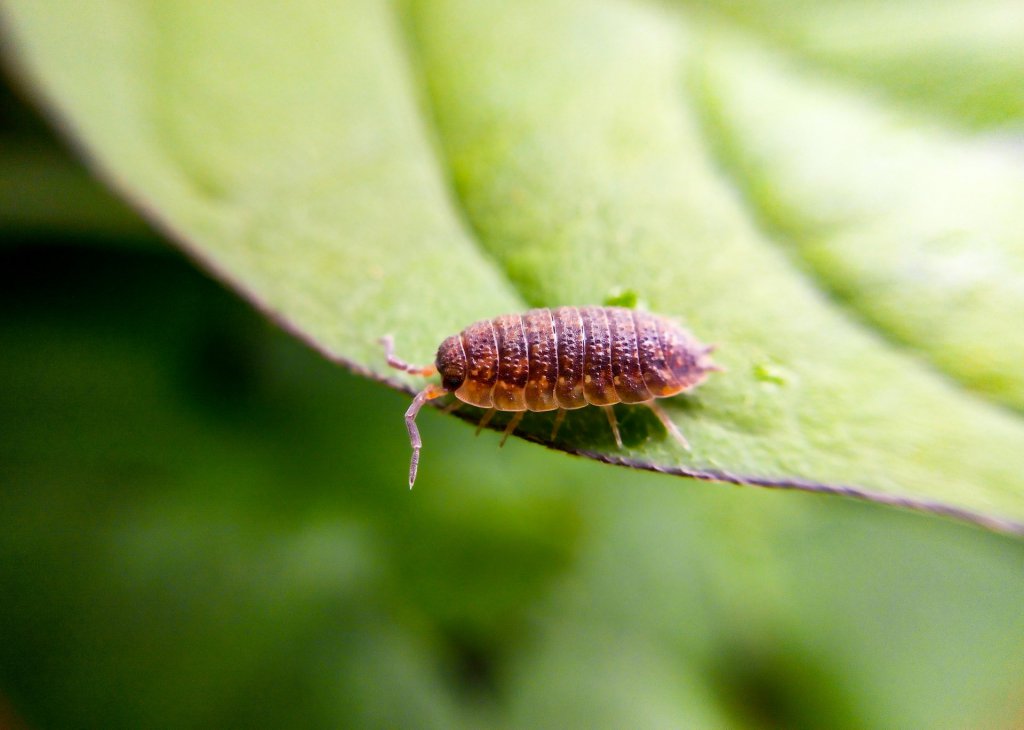
By feeding on the decomposing matter and fungi in the ground, sowbugs cause damage to the roots of orchids and other plants. They chew up significant quantities of root tissue, causing root infection and diseases.
Though they thrive in mulch around house plants, sowbugs cause relatively minor harm to human beings indoors. Generally, they are a mere nuisance as they don’t bite nor sting, and when you come across them indoors, their population outside will be enormous.
How to Control Sowbug and Pillbug Infestations
When you have to control sowbugs – just like any other pests – it’s crucial to get rid of their habitat. Eliminating damp environments kills and repels them. As a homeowner, you can do the following to control this pest menace.
Clean Up
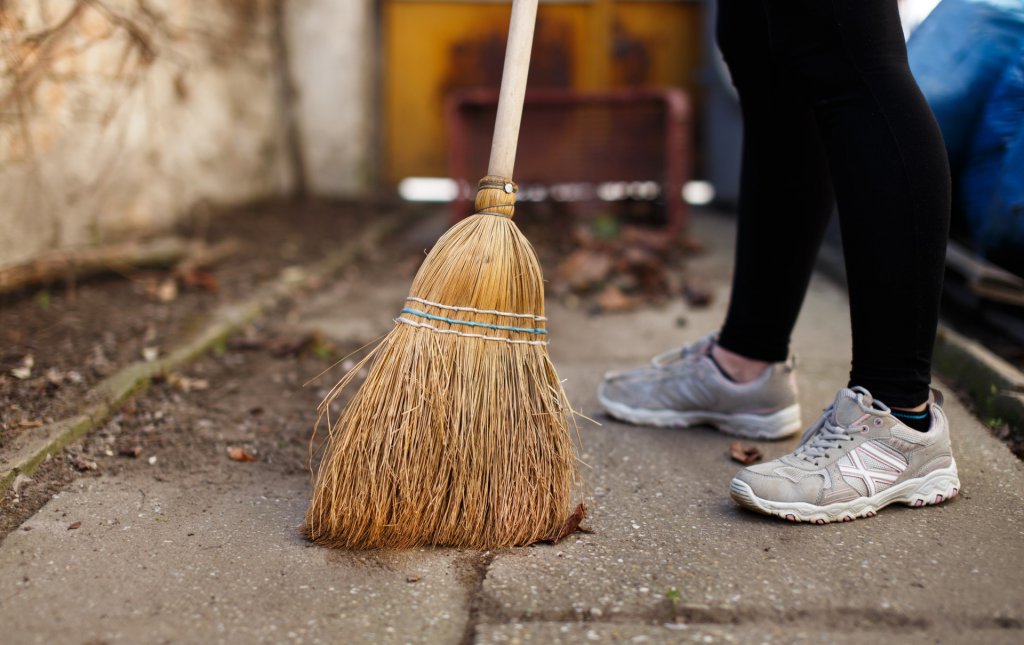
Collect all firewood lying in your yard, and stack it up off the ground, away from your house. Sowbugs love hiding in damp logs, stones, and boards. Clean up all the dead foliage on the ground and sweep up any grass clippings.
Additionally, ensure that your downspouts drain away from your foundations.
Set Barriers
Ensure that you’ve removed all the mulch from your flowerbeds. The zone around your house should be 15-30cm wide, and free from dead leaves and mulch. Doing this discourages sowbugs and other pests from nesting.
You should also trim your trees, flowers, and shrubs if you suspect that they are creating a damp shady environment closer to your foundations.
Seal off all holes and cracks
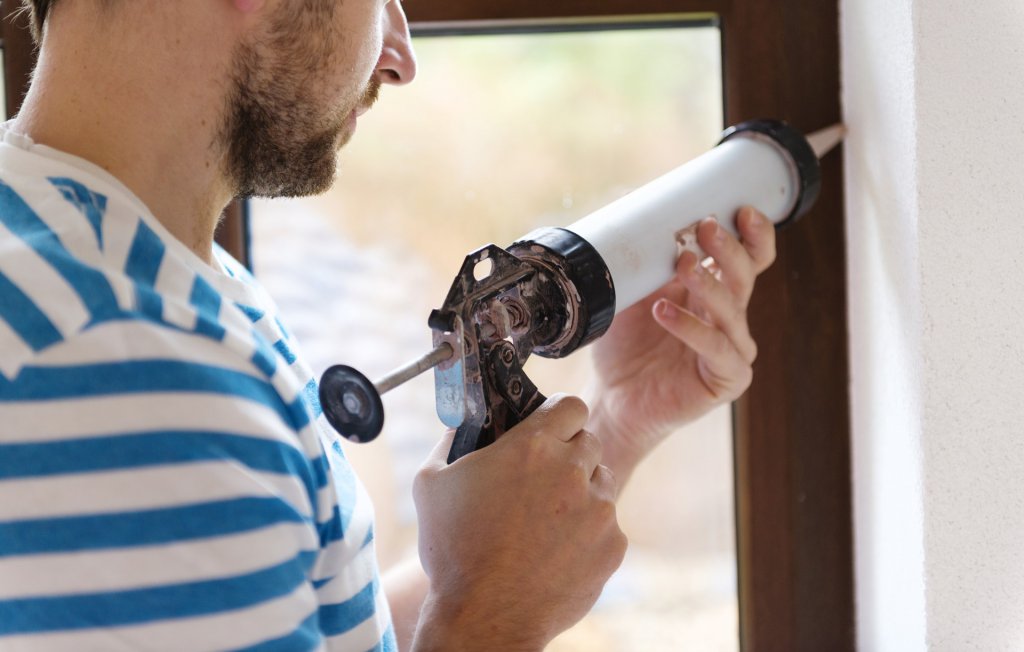
Make sure all your exterior doors are locked tightly with no spaces left. Install a properly sealed door in your crawlspace to lock these bugs out. Don’t forget to check the crawlspace vents to determine whether they are allowing adequate ventilation.
It would be wise to insert small plastic screens in your weep hole ventilation to prevent the entry of sowbugs.
Minimize excess moisture
Damp basement walls can be waterproofed to prevent excessive dampness. Make sure to consult a professional to determine the appropriate products to use. A good example would be the use of dehumidifiers to minimize moisture in your basement.
You can also use natural home remedies: 2tbsp household detergent, 1tbsp cayenne pepper, 1qt rubbing alcohol, and a gallon of water. Mix them up and spray the mixture on infested orchid plants and other areas.
You can also use Neem Oil or diatomaceous earth, which you can sprinkle at the base of your plants. Alternatively, soak the affected plants in a bucket of water and leave them there overnight.
Use these tried and tested methods, and you should be able to eliminate sowbugs from your orchids and your entire property.

